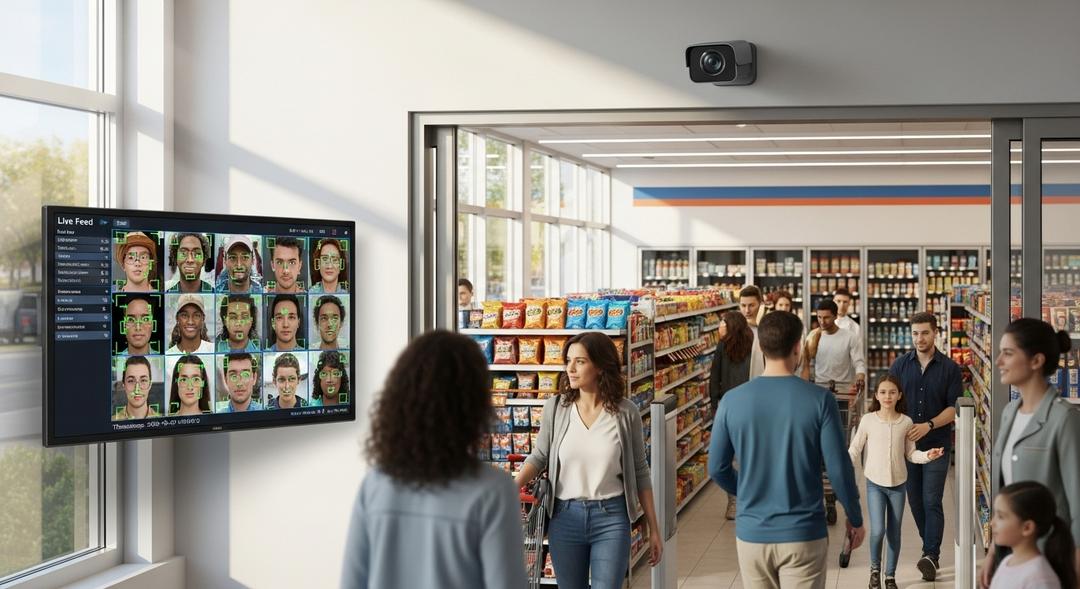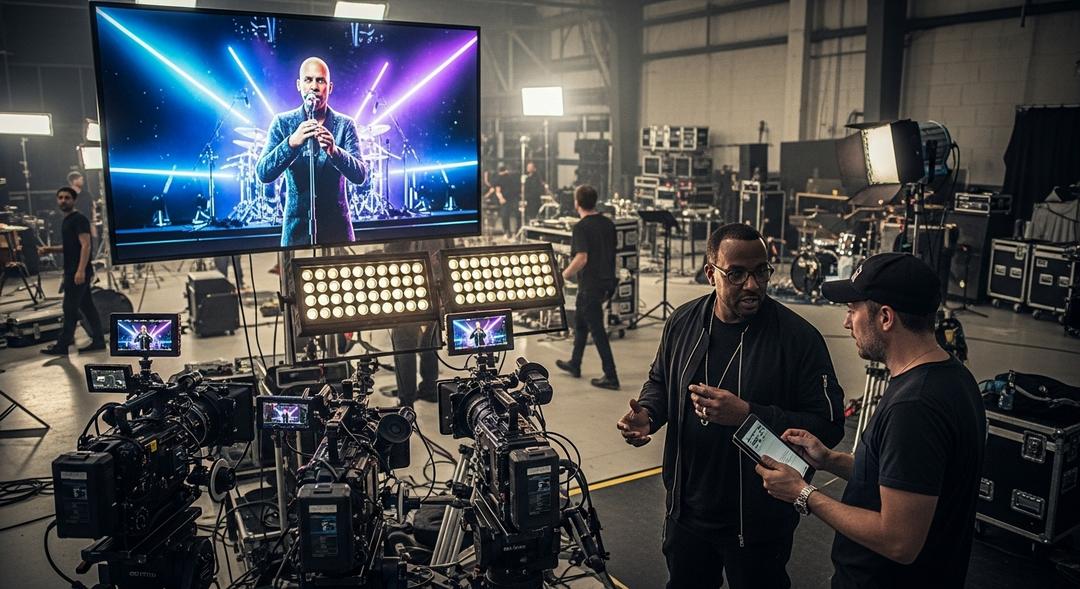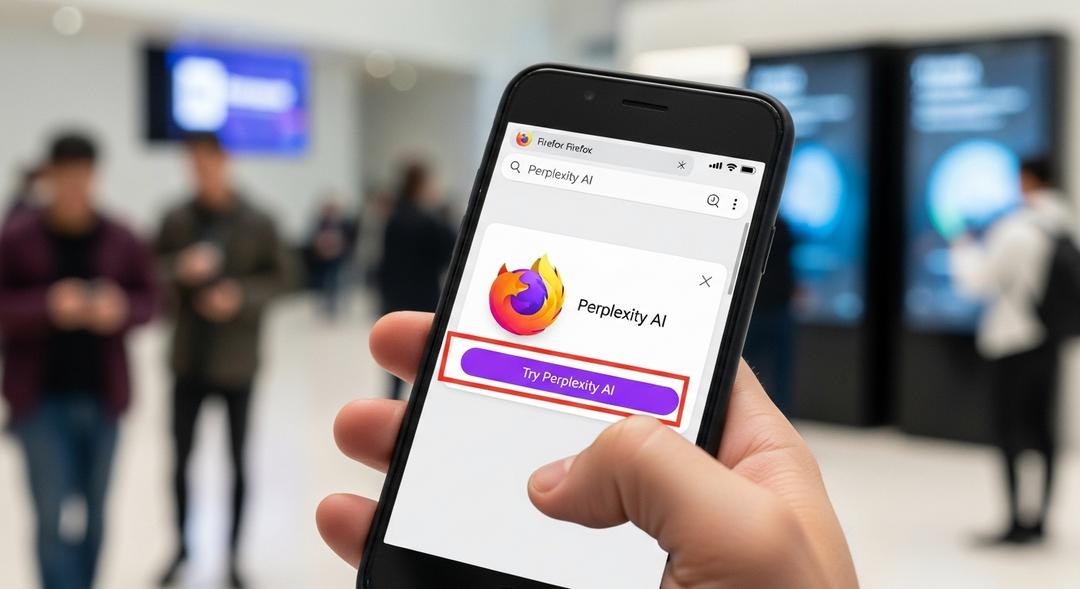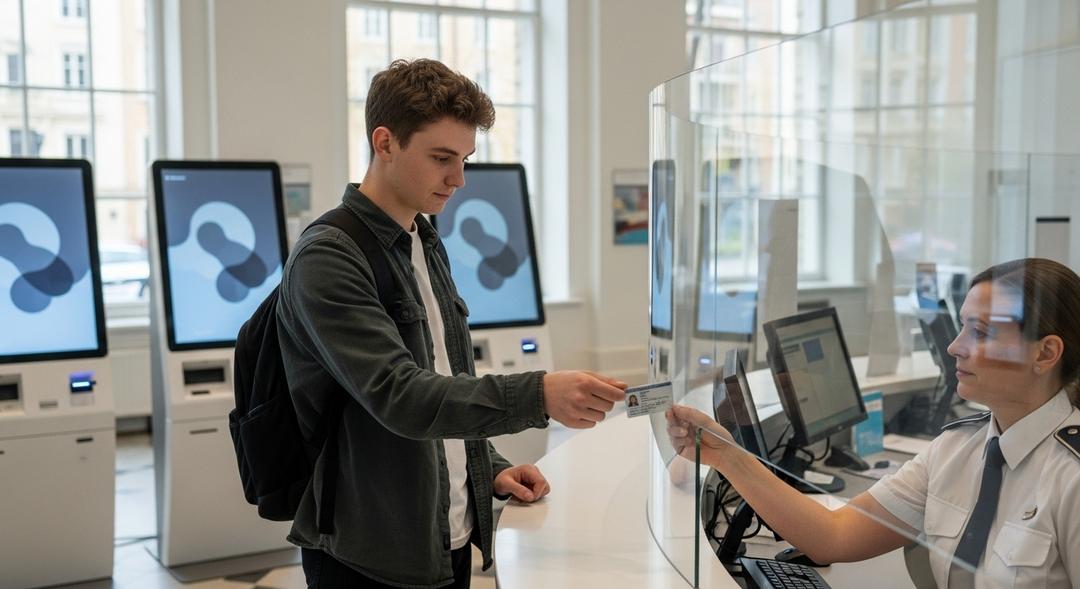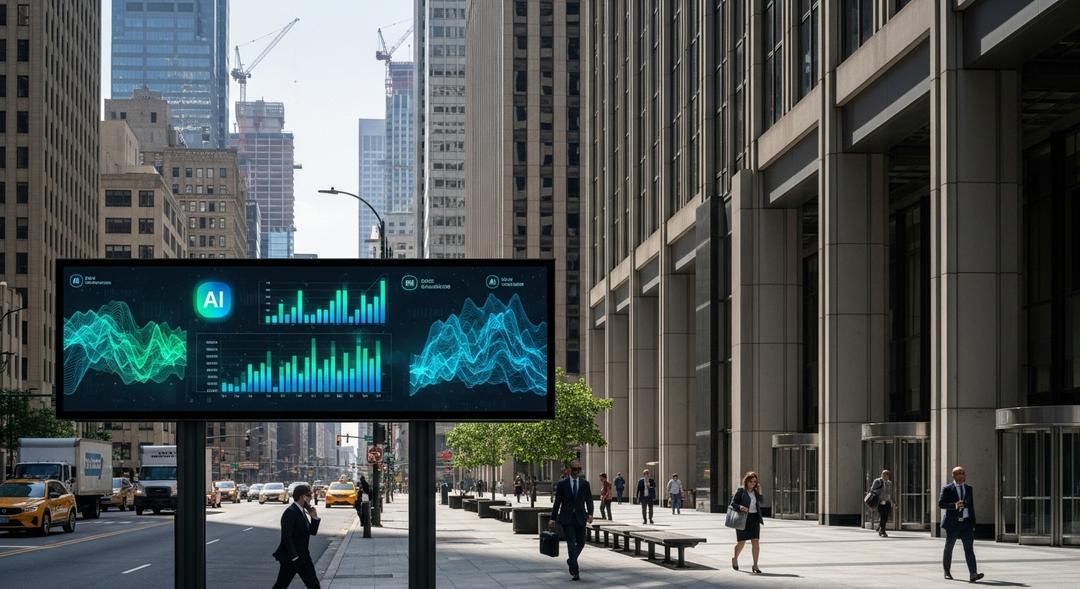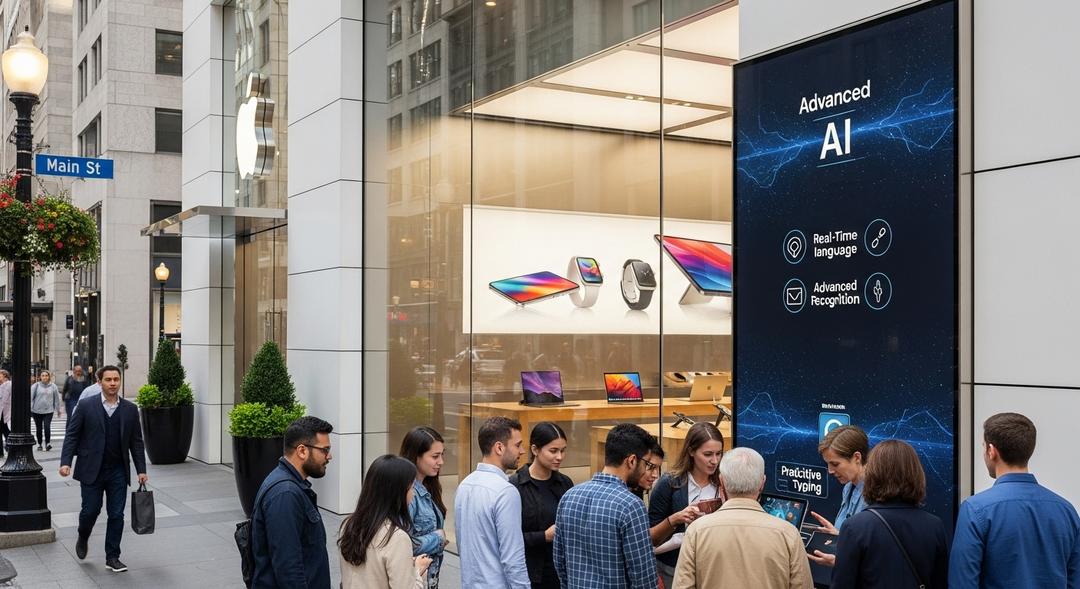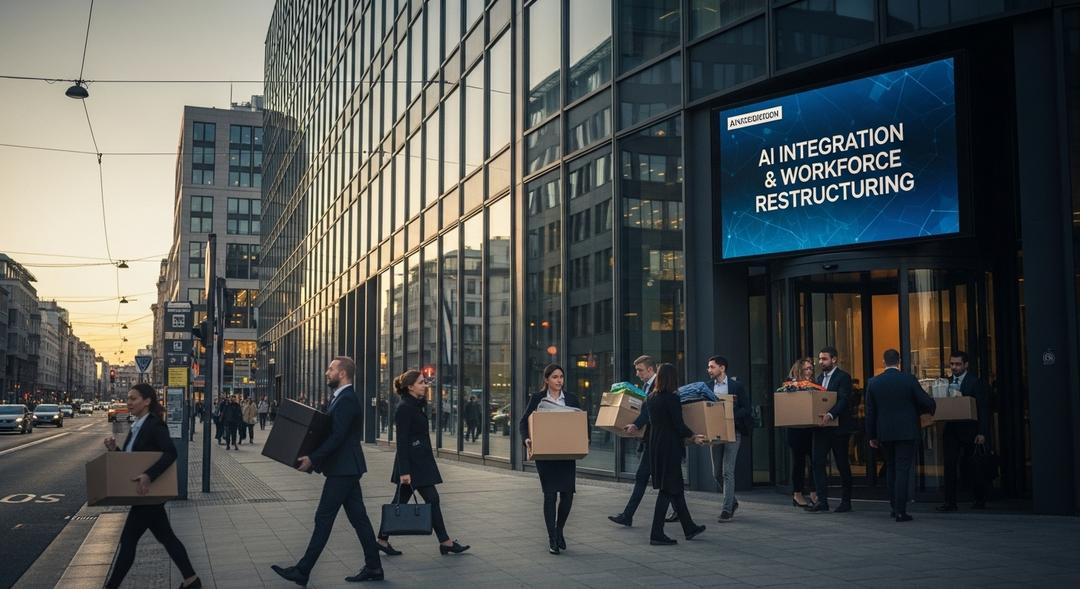Small businesses like Kings Contrivance Liquor & Smoke Shop have turned to AI-powered tools after suffering daily losses that threatened their survival. Store owner KJ Singh remembers how often expensive bottles would vanish, cutting as much as fifty to one hundred dollars from his profits every single day.
The new AI surveillance system, created by Veesion, scans camera feeds and alerts shop owners to suspicious motions almost instantly.
“If someone was trying to put it in their pocket, trying to put it in the bag, or their pants, I was able to figure that out, and we were able to catch a lot of thieves,” Singh said.
Veesion’s technology sends a short video clip, just a few seconds long, directly to the shopkeeper’s phone or computer the moment it detects what could be a theft. Instead of reviewing hours of footage after the fact, owners can intervene while the suspect is still in the store.
AI Surveillance Becomes a Silent Employee
Benoit Koenig, general manager at Veesion, explained that this layer of software never stops watching. In his words, “Having this layer of AI is as if you have a video man monitoring the cameras for you twenty four seven, without a break, without holidays.”
He added that retail theft, known in the industry as shrinkage, has seen dramatic growth since the pandemic upended shopping habits. The National Retail Federation pinned losses nationwide at more than one hundred and twelve billion dollars during 2022 alone.
Shelves have been emptied at some shops, while others now keep products locked away, frustrating loyal customers looking for everyday goods.
Koenig believes these systems offer some relief for stores that run on thin profit lines, letting them protect merchandise without hiring extra security.
For Singh, the change is already clear. Video alerts mean he can act on thefts in real time instead of learning about them days later during inventory checks. That’s helped his shop rebound after a stretch when even replenishing stock started to feel futile.
Estimates suggest losses to theft could soar to one hundred and forty billion dollars by 2025, making digital surveillance a tempting choice for any business trying to survive.
